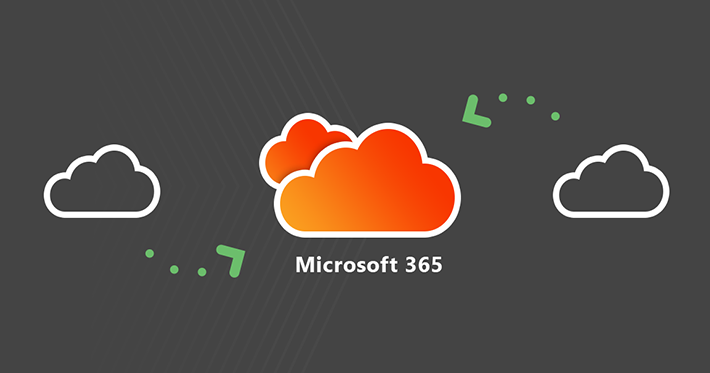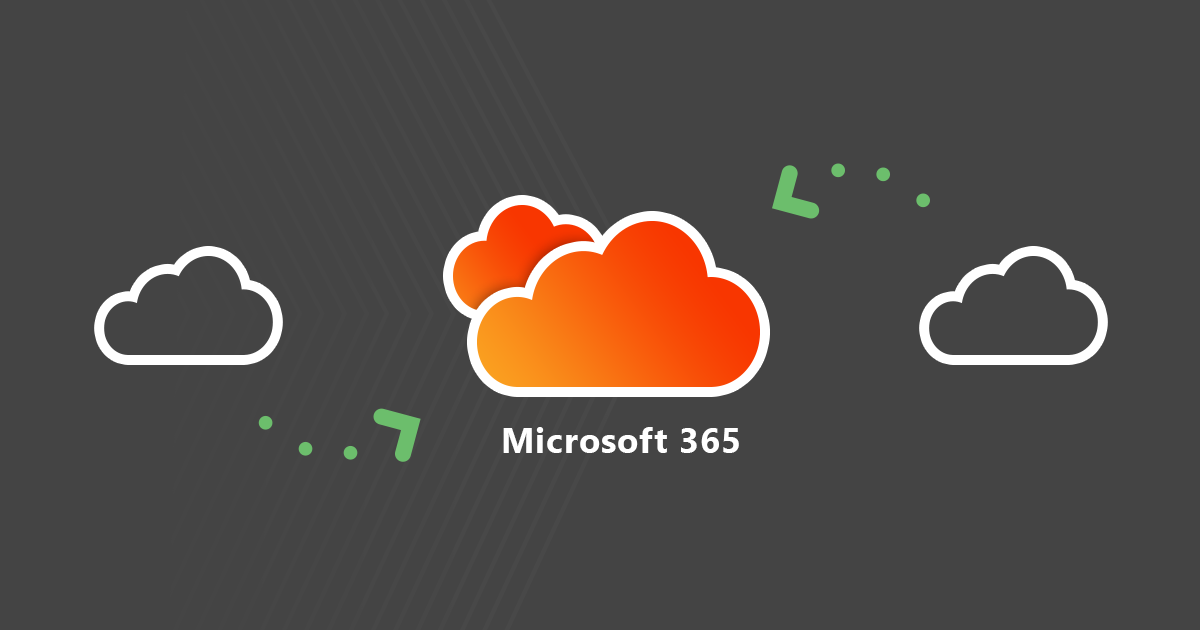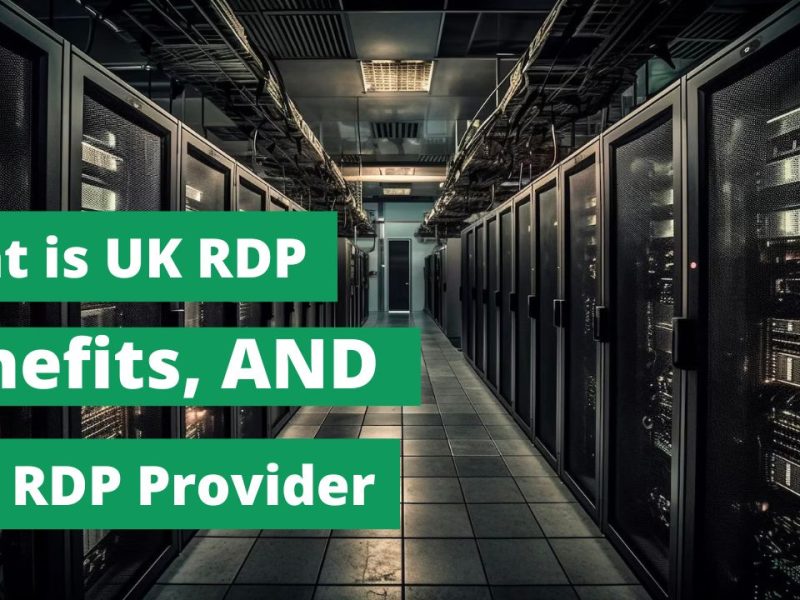Office 365 (Microsoft 365)* tenant merging is the process of migrating mailboxes from one or more tenants to another. In other words, it’s a tenant-to-tenant migration, but the context is that the target tenant is already inhabited. This article explains the easiest way to merge Office 365 tenants.
*Although this article is about merging Office 365 tenants, a short preface is in order. It’s been almost two years since Office 365 was rebranded to Microsoft 365. After all this time, both names are used, but in most cases people seem to prefer the shorter version – Office 365. So throughout the article I will use Office 365 (also refers to Microsoft 365) to make it clearer.

Why merge Office 365 tenants?
The most common scenarios where a tenant-to-tenant migration might be appropriate are as follows:
- mergers,
- acquisitions,
- Move tenants to a parent Office 365 tenant (parent company).
As you can see, tenant-to-tenant migration is usually required when a company goes through major organizational changes. This is one of the tasks that IT has to take care of. While the task may seem daunting at first, it’s worth tackling as soon as possible. Merging tenants makes things easier from both an administrator and end-user perspective.
Administrators can manage the entire organization from one place. All aspects including user and permissions management, security, eDiscovery, auditing, billing and more are simplified and require less time from IT. Additionally, only one global administrator account would be required after merging tenants. Specific people can limit their permissions to the right groups. For secure collaboration and easy document sharing, you don’t need to set up complex trust relationships between tenants. The whole situation is much more convenient from a security point of view.
After custom (vanity) domains are migrated to the new tenant, end users can log in as before the transition. Plus, seeing free/busy status across the organization can be a lifesaver for anyone who needs to quickly organize an urgent meeting.
How are Office 365 tenants merged?
Tenant-to-tenant migration is a process that is still best performed with a third-party migration solution. Even Microsoft is proposing this approach. Otherwise, you will have to face a highly manual process. It can be automated with some PowerShell scripts, but only up to a point. Currently there is no reliable native way to migrate mailbox content to another tenant.
Because the mailbox migration portion is very similar to a standard tenant-to-tenant migration, see the following article for step-by-step instructions:
How to perform a tenant-to-tenant migration
There are a few additional things you need to be aware of:
- If you’re migrating a custom domain from the source tenant, we recommend that you first migrate mailboxes to the target *onmicrosoft.com domain. Then, during the final migration step, migrate and validate the custom domain in the target environment.
- Make sure there are no username conflicts. If your email addresses follow a username-based pattern, it’s possible that people with similar names may have an email address that is already taken. Fortunately, no CSV mapping files need to be created. CodeTwo Office 365 Migration includes features that create target mailboxes for you and automatically match mailboxes based on Azure AD attributes. You can identify conflicts and perform a manual reconciliation if necessary.
Migrating SharePoint Online and permissions requires additional planning. It’s not automatically migrated and you need to know where exactly you need to rebuild the whole SharePoint structure. That’s a whole different story.
Communicate the changes
While mailbox migration with CodeTwo Migration for Office 365 does not cause any disruption for end users, SharePoint migration can cause some problems. Just like when migrating from an on-premises SharePoint to the cloud version, old document links no longer work. So it’s best to encourage everyone to clean up before migration and rebuild the structure so that documents can be easily found.



